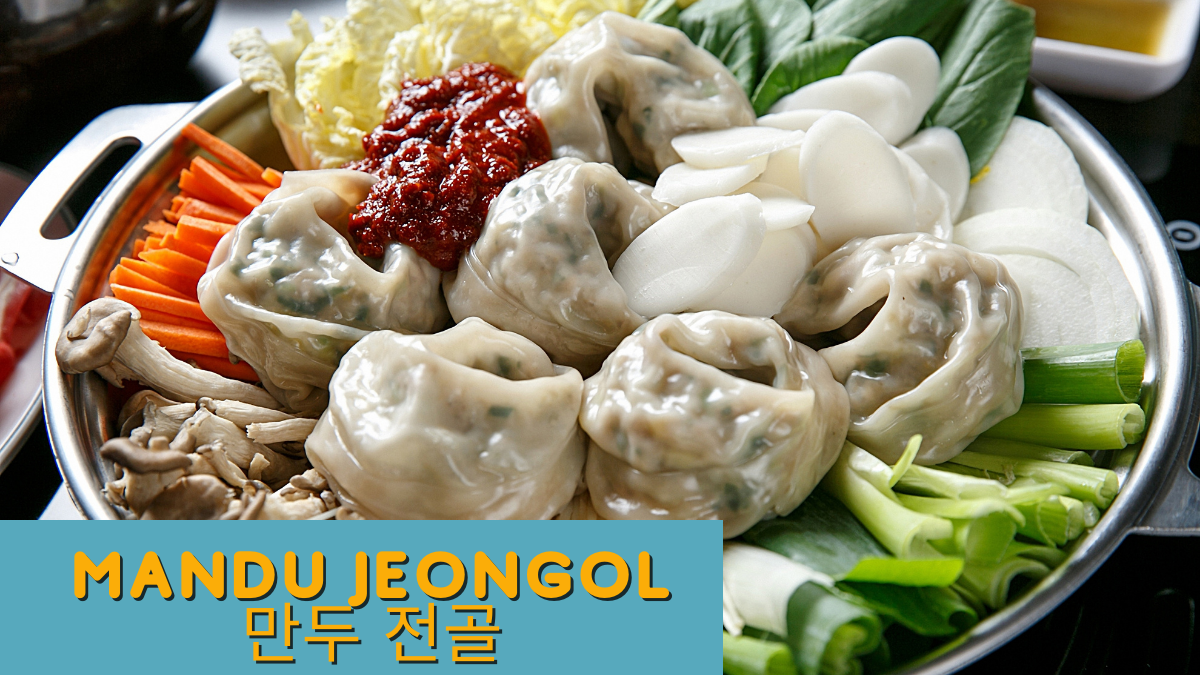A Year to Learn Korean Cooking
Living and Cooking in Korea is Different than Home
Cooking in Korea requires international residents to adapt in many ways. This includes learning where food is in grocery stores, which stores carry which ingredients, what can be used as a substitution, etc. It's like learning how to cook and manage a kitchen all over again. This is part of the fun and adventure of living abroad and learning to adapt may give you new confidence in the kitchen. We are here to help support a less frustrating transition into your Korean kitchen.Learning to Cook Korean Food
Learning to cook Korean food also involves adaptation. The Korean cooking process may require learning about new cutting techniques, new ingredients, new cooking tools, and new flavors. For this cooking series, vloggers Kimchi Rednecks share how they have studied Korean chefs and how they have adapted what they have learned into their ex-pat kitchen. We will share a variety of resources to make sure that you can experience learning about Korean from a few perspectives.Learning to Cook Korean Food Takes Time
Rome wasn't built in a day and neither will your Korean kitchen. This series is designed to spread across a year. We have included a few recipes to conquer each month as you build your Korean cooking skills. Take your time and enjoy the journey. Ask questions, share your successes, and encourage others.-
A Year to Learn Korean Cooking: Gamjajeon
Today let’s learn about cooking gamjajeon 감자전. Let’s explore the delectable flavors and traditions behind this savory and crispy potato pancake. This dish will leave your taste buds longing for more. About Gamjajeon 감자전 Gamjajeon, a traditional Korean dish, is a savory pancake ( jeon 전) made primarily from grated or finely chopped potatoes. The name “gamjajeon” is derived from “gamja” (감자), which means potato, and “jeon” (전), which refers to a type of Korean pancake. This is a very popular snack in Korea, whether as a side dish (banchan…
-
A Year to Learn Korean Cooking: Oi Naengguk
Discover the rich and comforting flavors of oi naengguk 오이냉국. As we continue to endure the summer heat, this cold cucumber soup offers a refreshing escape. Balancing tangy and savory, oi naengguk is a soup you will want to eat all summer long. About the South of Seoul ‘A Year to Learn Korean Cooking’ Series If you are familiar with the series, skip ahead to learn more about oi naengguk 오이냉국. Many of us live in South Korea for only a year. Time flies past faster than we can imagine.…
-
A Year To Learn Korean Cooking: Kimchijeon
Today let’s learn about cooking kimchijeon 김치전. Let’s take a mouthwatering journey as we explore the savory delights of Kimchijeon – the irresistible Korean Kimchi Pancake. About the South of Seoul ‘A Year to Learn Korean Cooking’ Series If you are familiar with the series, skip ahead to learn more about kimchijeon 김치전. Many of us live in South Korea for only a year. Time flies past faster than we can imagine. At South of Seoul, we decided to create a simple series that will offer 2-4 dishes to learn each…
-
A Chuseok Menu for International Residents in Korea
Do you want to celebrate Chuseok in Korea but you don’t know how? Maybe you don’t have a Korean family or this is your first year in Korea? Here is how you can create a Chuseok menu at home using Traditional Markets and learning a few recipes. Let’s go, we promise it will be fun! About Chuseok Chuseok, often referred to as Korean Thanksgiving, is one of the most significant and festive holidays in South Korea. However, calling the holiday “Thanksgiving” may feel misleading when you first experience the holiday…
-
A Year to Learn Korean Cooking: Kimchi Mandu
Join us as we delve into the irresistible allure of Kimchi Mandu 김치 만두. These kimchi dumplings are the much loved Korean delicacy. Combining the sourness of the fermented kimchi with the hug of either steamed or fried dough, it is perfection. Let’s dig into this delicious dish! About the South of Seoul ‘A Year to Learn Korean Cooking’ Series If you are familiar with the series, skip ahead to learn more about Kimchi Mandu 김치 만두. Many of us only live in South Korea for a year. Time flies…
-
Traditional Kimjang with Sue at the Songtan Market 2023
Would you like to participate in a traditional family-style Kimjang? (FYI, if you love cooking and Korean food the answer is, “YES!”) Then, sign up immediately for this 2-day traditional cooking event at the Songtan Traditional Market. Come learn how families work together to prepare their kimchi for the year. This is an all-inclusive event that includes snacks, meals, and numerous side quests like making kimchi for needy families in Pyeongtaek! (PS Vegan option available) Event Details Let’s start off with the details. This all-inclusive traditional kimjang event with Sue at the Songtan…
-
Making Jang (장) for Kimjang (김장)
Want to learn more about making jang for kimjang? The following post is one of a series that seeks to capture aspects of this verbal tradition in English. The following post focuses on the sauce or ‘jang’. The information is for international families who wish to start their own community kimjang or English-speaking Koreans living abroad who may not have access to traditional information. Let’s dive deep into the information together. About Jang for Kimjang Around the world and across South Korea, you will find hundreds of different kimchi recipes…
-
Maesil-Cheong 매실청 (Korean Green Plum Syrup) Guide
Interested in learning more about making your own maesil-cheong? Here is a guide from expats living in Korea that will help you make your own at home. Our Journey with Maesil-Cheong Maesil-cheong (매실청), also known as maesilaek (매실액) was an ingredient that I never expected would capture the hearts of two rednecks here in Korea. When Chuck and I dove into learning how to cook Korean food, we spent a great deal of time reviewing online resources to figure out the intricacies of creating the amazing flavors we loved. We…

























